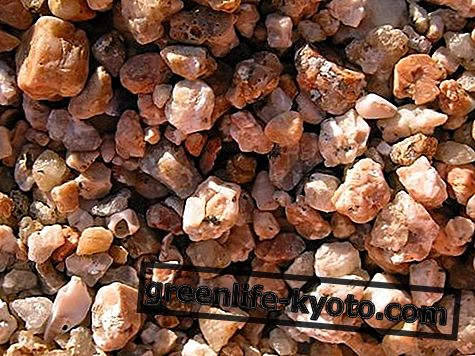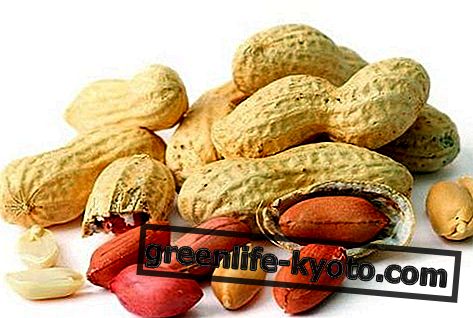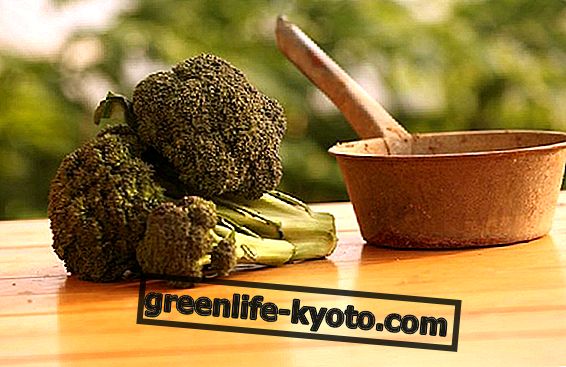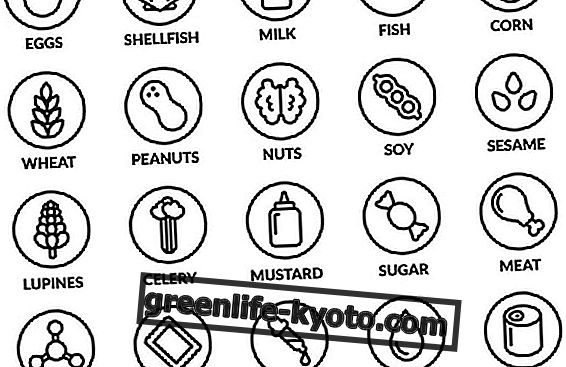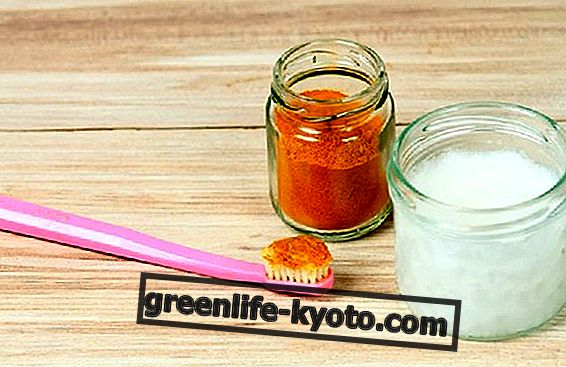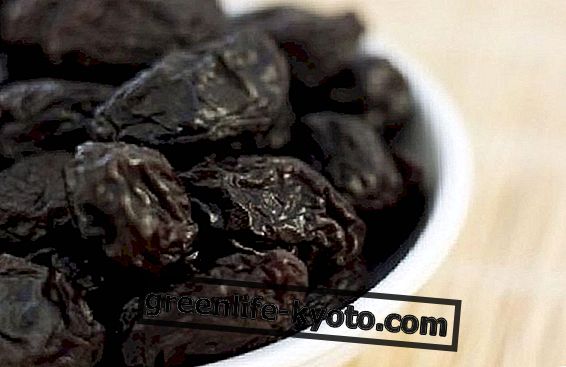
Fruit juices are rich in beneficial properties for the body but it is important to know which ones to choose from those packaged, how to make them for themselves and in what quantities to take them to integrate them correctly in the diet.
Packaged fruit juices
The preparation of these fruit juices requires pasteurization, a heat treatment that causes the loss of numerous properties, such as vitamins, in particular thermolabile; some minerals can be altered and all live enzymes are eliminated.
Among the fruit juices that we can find in supermarkets there are:
> juices with preservatives and added sweeteners that last several months, even a year
> fresh juices in the fridge counter that last a few days
> preserved juices, lasting a few months, composed of 100% of a single fruit, such as orange, pineapple and apple, because these fruits have an acidity level that allows maintenance without the addition of preservatives.
It is always a good habit to read labels and choose fresh fruit juices or 100% of a single fruit . To exclude those with numerous ingredients or on which the wording "concentrated of ..." is indicated.
A packaged fruit juice should have the juice and pulp of the fruit we choose, water and possibly brown sugar and lemon juice (citric acid) inserted as ingredients into the label.
Homemade juices
At home we can get fruit juices and drinks using different appliances.
Mixer
Simple, fast in execution, cheap, noisy, quick to clean, it does not, however, extract the juice from the fruit but blends and maintains all the parts of the fruit . Usually water or other liquids are added to allow the blender to perform its chopping function and this, however, lengthens and dilutes the substances. It is not a real fruit juice but it can be inserted as a first possibility to start consuming more fresh fruit.
centrifuge
The extraction takes place by centripetal force with obtaining juice. The juice obtained is divided by the pulp and the speed is quite good even if cleaning the appliance takes some time. The cost is more sustained than the blender, but still cheap. The noise is still present and the fruit is cut into pieces before centrifugation. The contact and the extraction method oxidizes some parts causing some nutrients, such as enzymes, to lose due to the speed of rubbing and overheating of the gears.
Extractor
The extractor is a household appliance specially designed for the optimization of fruit or vegetable juices and for the preparation of raw vegetable drinks. Depending on the model, the cost is much more demanding. Noise is kept to a minimum, cleaning is fast and only takes a few minutes. It keeps all the properties of fruit including enzymes thanks to the extraction mechanism that occurs by crushing the plant material instead of by centrifugation. There is no overheating by contact and the juice extraction efficiency is excellent. This tool is definitely recommended for those who want to include vegetable juices in their daily diet.
What are cold juices and how to make them?
Pros and cons of fruit juices
On the pro side we have:
- Vitamin and mineral salt refill . Fruit juices are extremely rich in these very important nutrients for all body functions and essential for our well-being. Choosing seasonal fruit and using many different types of fruit will allow you to top up your vitamin and mineral salt reserves.
- Presence of live enzymes . Enzymes are essential for many processes that take place in our body; usually our body produces them directly, but in fresh fruits they are present and alive and through the extraction of the juice we can integrate them without depleting and overloading our body in the production itself. Cooking, exposure to the air and industrial treatments destroy almost all of these precious allies.
- Presence of healthy and healing elements and active ingredients. Each type of fruit and every single variety contains nutraceutical and even biologically active substances useful for our well-being. Choosing different fruits keeps us healthy and helps every single part of our body. Furthermore, fruit is an excellent ally against aging generated by free radicals present in cells thanks to the antioxidants present.
- Control of meal quantities . By eating and drinking more fruit, we have a natural limitation in the quantities of other, less healthy foods, thus leading to a decrease in body weight, body specificization and acalinization .
The counterparts of fruit juices are:
- The lack of fiber . Fiber is an essential part of nutrition as it sweeps away and cleanses the intestinal tract to keep it functional and healthy, but it is lacking in fruit juices; they cannot therefore be substitutes for raw or cooked plant foods .
- Richness of simple sugars . Simple sugars such as fructose and glucose are essential for the body so that our whole body regulates its energy through glucose. However, when there is an excess of glucose in the blood, it is partly stored as glycogen and in part can be stored together with the adipose tissue, making it gain weight. The presence of easily digestible simple sugars is on the one hand an aid to assimilation, on the other hand it is known to contain especially if the quantities of food in subsequent meals are not reduced.
- Possible preparation risks . The starting material, that is the fruit, must be fresh, preferably from organic farming to guarantee the absence of chemical synthesis products. Moreover, in the home preparation of fresh fruit juice it is necessary to maintain correct hygienic standards in order not to incur health risks. Storage is not recommended for fresh fruit juices that already lose their properties within 30 minutes of extraction.
When to drink them and in what quantities
Fruit juices are to be drunk away from meals and it is advisable to wait at least 20 minutes before ingesting other foods.
The temperature of fresh fruit juice is the ambient temperature so as not to overload the body's thermoregulation system, at most slightly cool in the summer but not as a refrigerator or with the addition of ice.
The quantities of fruit juices vary according to need and from what we want to obtain from their intake. If they are used as a health curative intervention, it is necessary to reach at least 500 ml of fresh juices a day and prepare the recipes according to the specific needs of the case.
If they are used as a health care intervention it is necessary to get at least 500 ml of fresh juices a day and prepare the recipes according to the specific needs of the case. If the use of fresh fruit juices is intended as a food of the usual diet, then we can also drink a lower one, considering if and how to eventually replace part of the meal or other foods.


